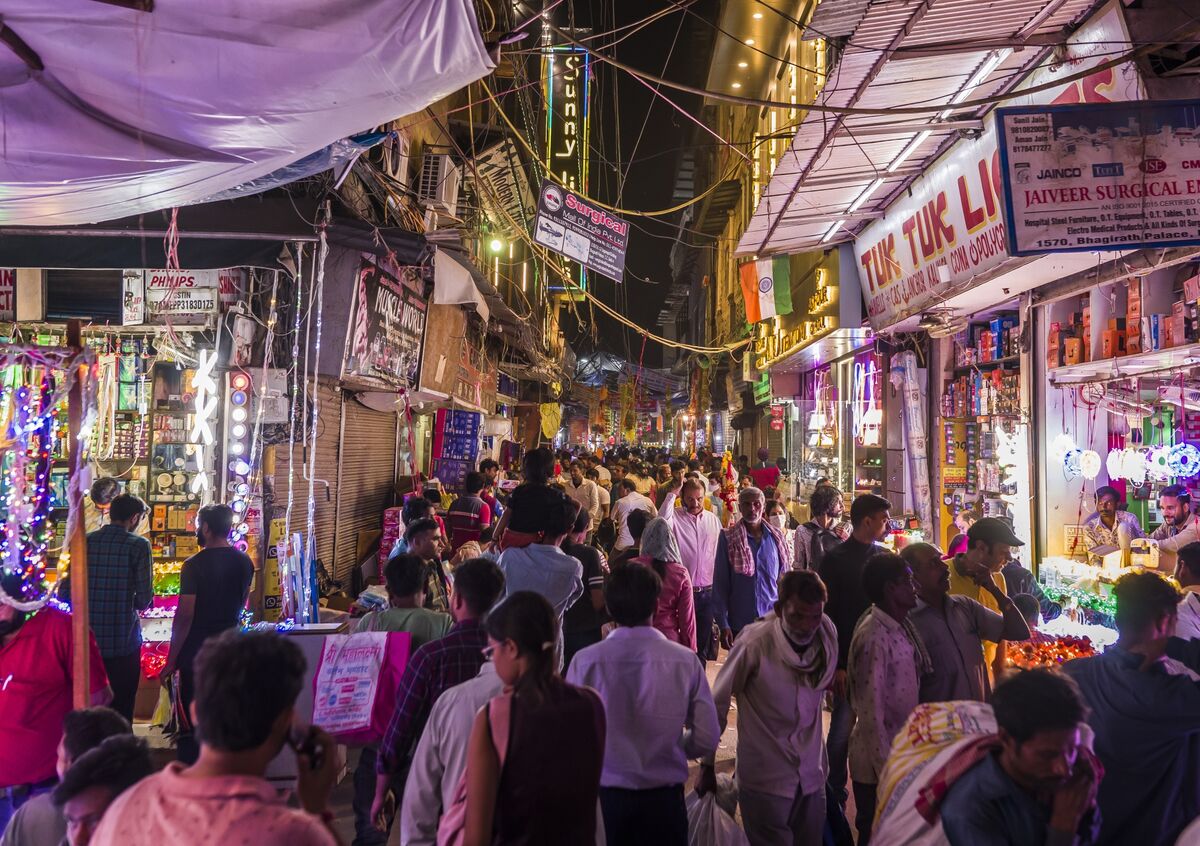This guy kept it real. Stop chasing headlines like a superficial groupie.

I do not feel any pride in India’s Moon landing. It did bring me low-grade joy, like an Indian victory in Test cricket against Bangladesh. But pride is a giant emotion. I wonder what made the others proud? Did they imagine that they share the same genes as the scientists who planned the mission? Or did they elect excellent space-faring politicians? Or maybe they are beautiful hive-minds, who not only feel pride, but also shame when India does shameful things? Or maybe they donated money to the space programme? Or, maybe they sacrificed their well-being by asking their children to pick space science and seek government jobs instead of pursuing computer science and emigrating. Why were they proud? What is this thing called pride? Maybe their localities have excellent roads that do not resemble the lunar surface, and the same government that sent metal to the Moon has also figured out how to keep traffic signals working and runs excellent hospitals, or has cleaned the air of cancerous particles? Maybe the joy in pride is not thinking so much about it; maybe thinking is the enemy of feeling. You cannot feel anything if you also want clarity.
What India’s Moon landing tells me though is that if India can do it, many nations can. And if they don’t because it is too expensive, then it means they pay their people high wages, while India underpays its scientists and just about anybody down the chain. There is an entertaining piece of data that says that every Moon mission of India has been cheaper than a typical Hollywood big-budget film set in outer space. But I do not believe these missions are as cheap as India officially claims. I suspect they are subsidized in ways that are not apparent on paper. In any case, as an amiable Indian rocket scientist himself told me once, rocket science is an easy form of science; not trivial, but still easier than solving malaria or other major scientific efforts. Rocket science, oddly, is no rocket science....
If India wants its space-faring to lend it a certain scientific heft in global perception, it needs to do a host of mundane things first, like create a more orderly nation. As of now, if anyone lands in Delhi, or worse, in Mumbai, or by even worse misfortune, Bangalore, the full civic dysfunction of the country is apparent in no time.
Also, India continues to be in the news for things that usually happen in some of the most backward regions in the world. In that light, India’s ability to land on the Moon takes away the veneer of sophistication from such missions.

How to survive if you don’t feel proud of our Moon feat
India is right in its space pursuit but success needn’t mean the country’s global prestige has gone up
www.livemint.com
I do not feel any pride in India’s Moon landing. It did bring me low-grade joy, like an Indian victory in Test cricket against Bangladesh. But pride is a giant emotion. I wonder what made the others proud? Did they imagine that they share the same genes as the scientists who planned the mission? Or did they elect excellent space-faring politicians? Or maybe they are beautiful hive-minds, who not only feel pride, but also shame when India does shameful things? Or maybe they donated money to the space programme? Or, maybe they sacrificed their well-being by asking their children to pick space science and seek government jobs instead of pursuing computer science and emigrating. Why were they proud? What is this thing called pride? Maybe their localities have excellent roads that do not resemble the lunar surface, and the same government that sent metal to the Moon has also figured out how to keep traffic signals working and runs excellent hospitals, or has cleaned the air of cancerous particles? Maybe the joy in pride is not thinking so much about it; maybe thinking is the enemy of feeling. You cannot feel anything if you also want clarity.
What India’s Moon landing tells me though is that if India can do it, many nations can. And if they don’t because it is too expensive, then it means they pay their people high wages, while India underpays its scientists and just about anybody down the chain. There is an entertaining piece of data that says that every Moon mission of India has been cheaper than a typical Hollywood big-budget film set in outer space. But I do not believe these missions are as cheap as India officially claims. I suspect they are subsidized in ways that are not apparent on paper. In any case, as an amiable Indian rocket scientist himself told me once, rocket science is an easy form of science; not trivial, but still easier than solving malaria or other major scientific efforts. Rocket science, oddly, is no rocket science....
If India wants its space-faring to lend it a certain scientific heft in global perception, it needs to do a host of mundane things first, like create a more orderly nation. As of now, if anyone lands in Delhi, or worse, in Mumbai, or by even worse misfortune, Bangalore, the full civic dysfunction of the country is apparent in no time.
Also, India continues to be in the news for things that usually happen in some of the most backward regions in the world. In that light, India’s ability to land on the Moon takes away the veneer of sophistication from such missions.





